Milling Grains at Home: A Beginner’s Guide
Fresh milled flour is rapidly gaining popularity, and for good reason. Milling flour at home allows you to enjoy flour that is fresher, more nutritious, and free from additives and preservatives. Plus, the flavor and texture it brings to your baked goods are simply unparalleled.
When milling flour at home, it’s important to understand how it differs from commercially milled flour. In this post we’ll review the background of milling flour, frequently asked questions and five essential tips to ensure you have success baking with fresh milled flour.
*This post contains affiliate links. Please see full disclosure for details.
Background:
A grain of wheat is made up of the chaff or hull, bran, germ and endosperm. The most nutritious part of the wheat grain is the bran and germ. Grain that remains intact and properly stored can last indefinitely. Once milled into flour, it begins to oxidize and rapidly becomes rancid.
Therefore, in the late 1800’s commercial millers started sifting out the most nutritious parts of the grain to create a shelf stable product. The lack of nutrients was later supplemented with a few enrichments. However, not all the lost nutrients are supplemented.
Fresh milled flour is the complete grain, retaining its natural oils, vitamins, minerals, antioxidants, and fiber. All of which reduces the risk of chronic disease. For an in-depth analysis on the history and benefits of fresh milled flour, I highly recommend reading, “The Essential Home-Ground Flour Book”, by Sue Becker. For additional resources on grain nutrients and commercial milling, please reference the Wheat Foods Council at https://www.wheatfoods.org.
Frequently Asked Questions
1. Can I substitute fresh milled flour for all-purpose flour one-for-one in my normal recipes?
Fresh milled flour retains the grain’s natural oils in the bran and germ, and different types of wheat berries have varying nutritional content. Additionally, commercial flour has additives, enrichments and conditioners. This means flour milled at home doesn’t behave the same as commercial flours in recipes.
2. Can I buy fresh milled flour?
Fresh milled flour oxidizes and becomes rancid quickly, losing its nutritional value. For the highest level of benefit, it’s best to mill the exact amount you need at home. Then, use it immediately.
3. What is gluten?
Gluten is a network of specific types of proteins. When mixed with liquid ingredients in a recipe these proteins form the chemical bond responsible for the elastic structures needed for yeast/sourdough breads and flour tortillas. Not all types of wheat contain the proper type of proteins to develop strong gluten structures.
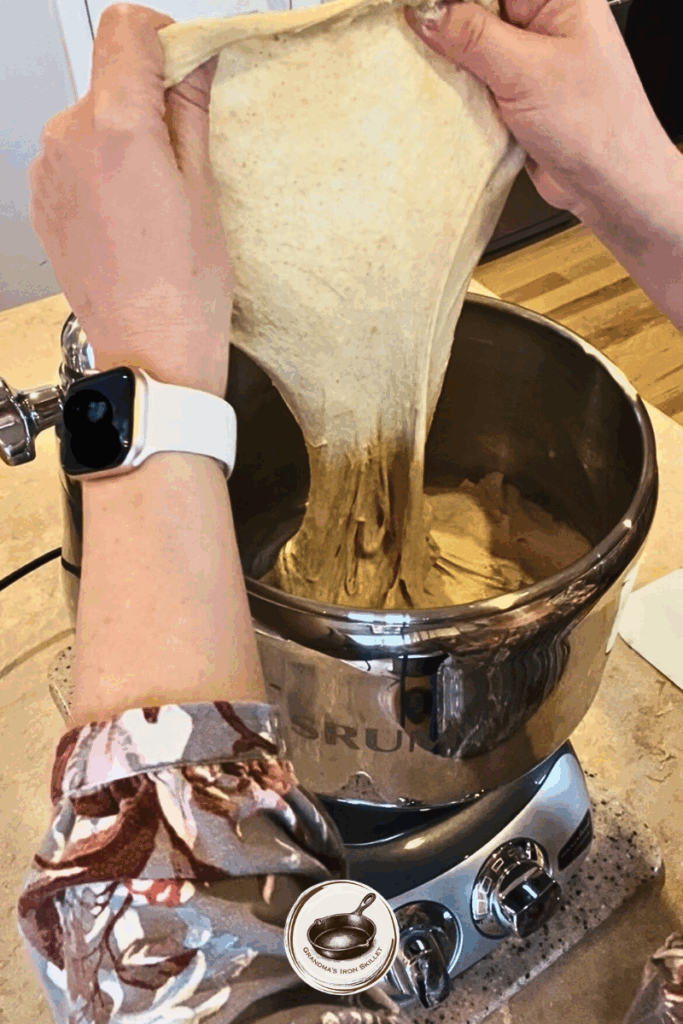
Five Tips for Success:
1. Use the right type of grain.
There are a wide variety of grains that can be milled at home into flour. This includes beans, corn, wheat berries, rice, and so much more! Each grain has its own nutritional content, genetic make-up, and flavor which impacts how the flour will react in your recipe.
Here’s a quick guide for general uses of wheat berries:
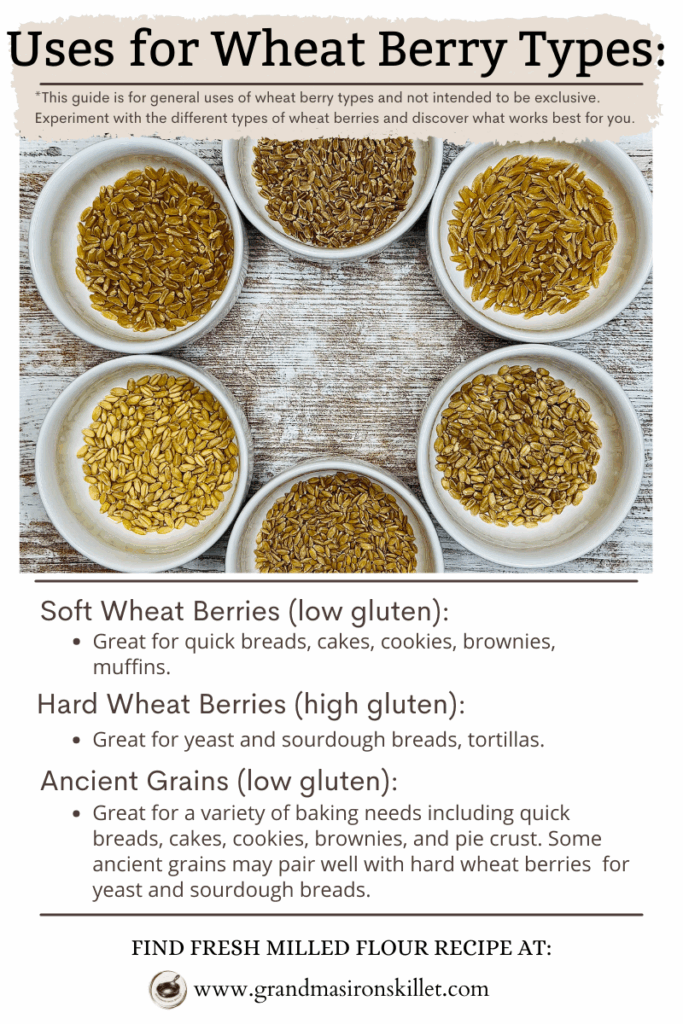
2. Allow the wheat bran and germ to soak up the liquid.
When milling flour at home, it’s important to allow the wheat bran and germ to soak up the liquid. Fresh milled flour retains natural oils and hasn’t started oxidizing, so it needs time to absorb the liquid. Specifically, this step is crucial for achieving the right texture in your baked goods. Depending on the type of grains you are using, I have found fresh milled flour doesn’t always need more liquid, but it does need time to soak up the liquid.
3. Use a high-quality grain mill.
There are different types of grain mills, including burr mills (stone or metal) and impact mills. Stand-alone mills tend to be higher quality than mill attachments for stand mixers. Be sure to do your research to determine what type of grain mill will work best for milling flour in your home.
I have two different mills. Both are burr mills that crushes the grains between two stones. They both produce a very fine texture flour that is perfect for my baking needs. My every day mill is a NutriMill Harvest. It features two artificial corundum stones. My second mill is a late 1970’s Magic Mill. I don’t need to use this mill often, but it is fun to own.
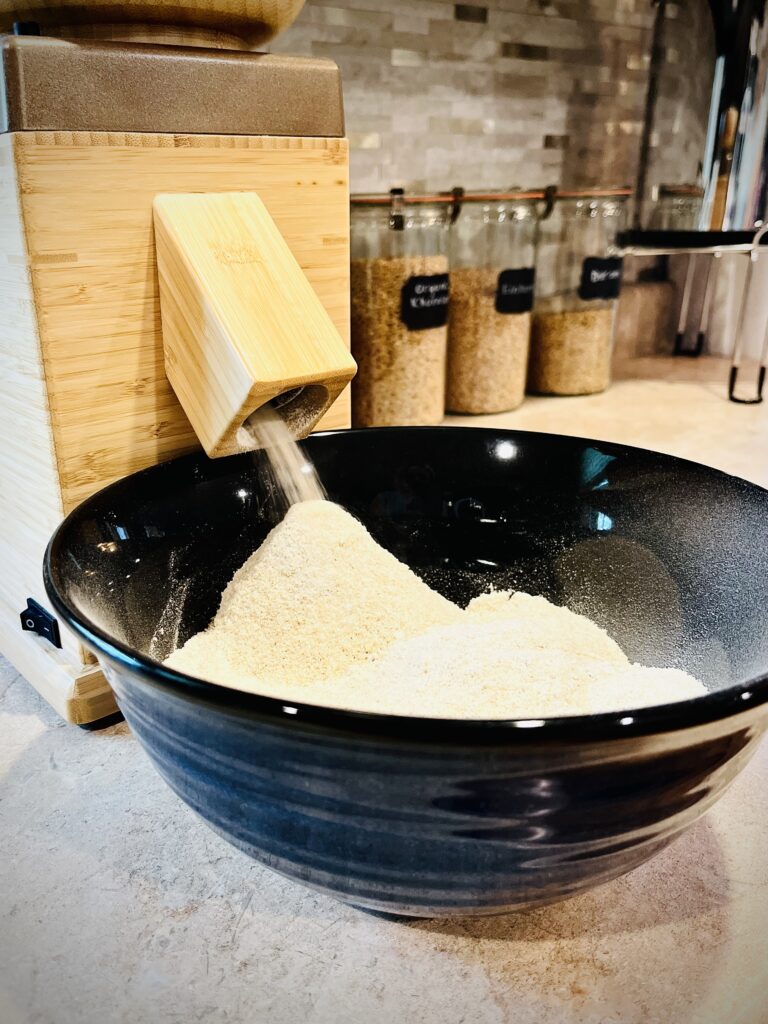
4. Measure by weight, not volume.
Using fresh milled flour without measuring is a skill that is developed with experience and time. If you have not yet developed this skill, you need to measure your ingredients.
To get the most accurate results for any recipe you’ll want to measure by weight rather than volume. This is even more critical when using fresh milled flour. During processing and packaging, commercial flour becomes dense and compact. Fresh milled flour is loose and dispersed. These characteristics dramatically impact the results when measured by volume rather than weight.
5. Use recipes designed for fresh milled flour.
If you’re new to milling flour at home, you’ll have the highest success rate with recipes specifically designed for it.
Milling grains at home can be a rewarding experience, and with these tips, you’ll be well on your way to enjoying the full benefits of fresh milled flour.
Shop This Post:
*This post contains affiliate links. As an Amazon Associate,if you click and make a purchase, I may earn a small commission at no extra cost to you.
NutriMill Harvest Grain Mill (use code GRANDMA 20 to get $20 off any NutriMill Flagship product including grain mills, Bosch Mixers, Artiste, and Magimix)
The Essential Home-Ground Flour Book: Learn Complete Milling and Baking Techniques, Includes 100 Delicious Recipes
Brod & Taylor Precision Kitchen & Coffee Scale with Timer | (0.1g Precision)
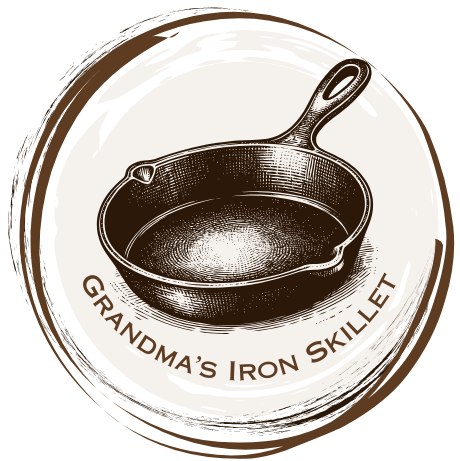
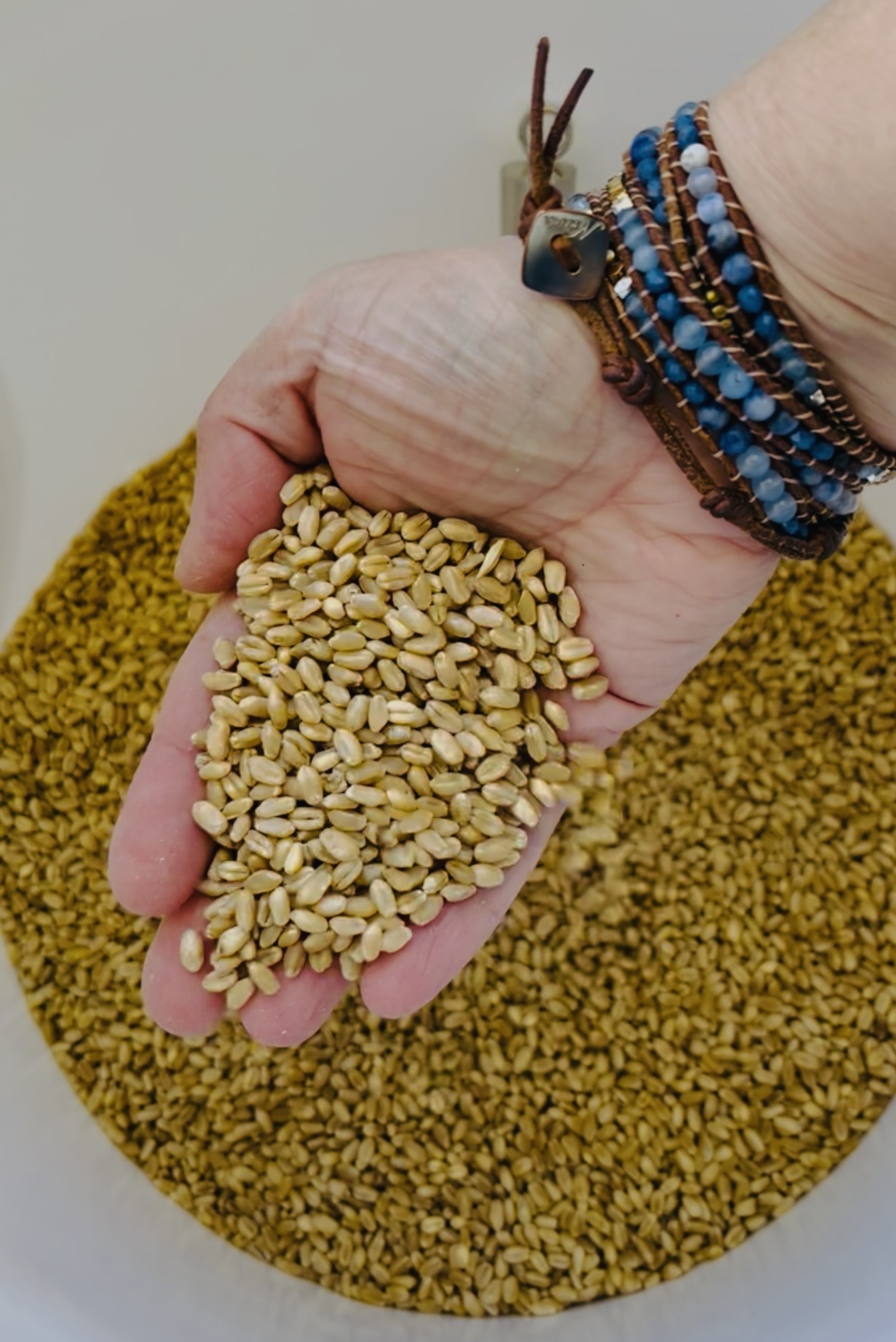
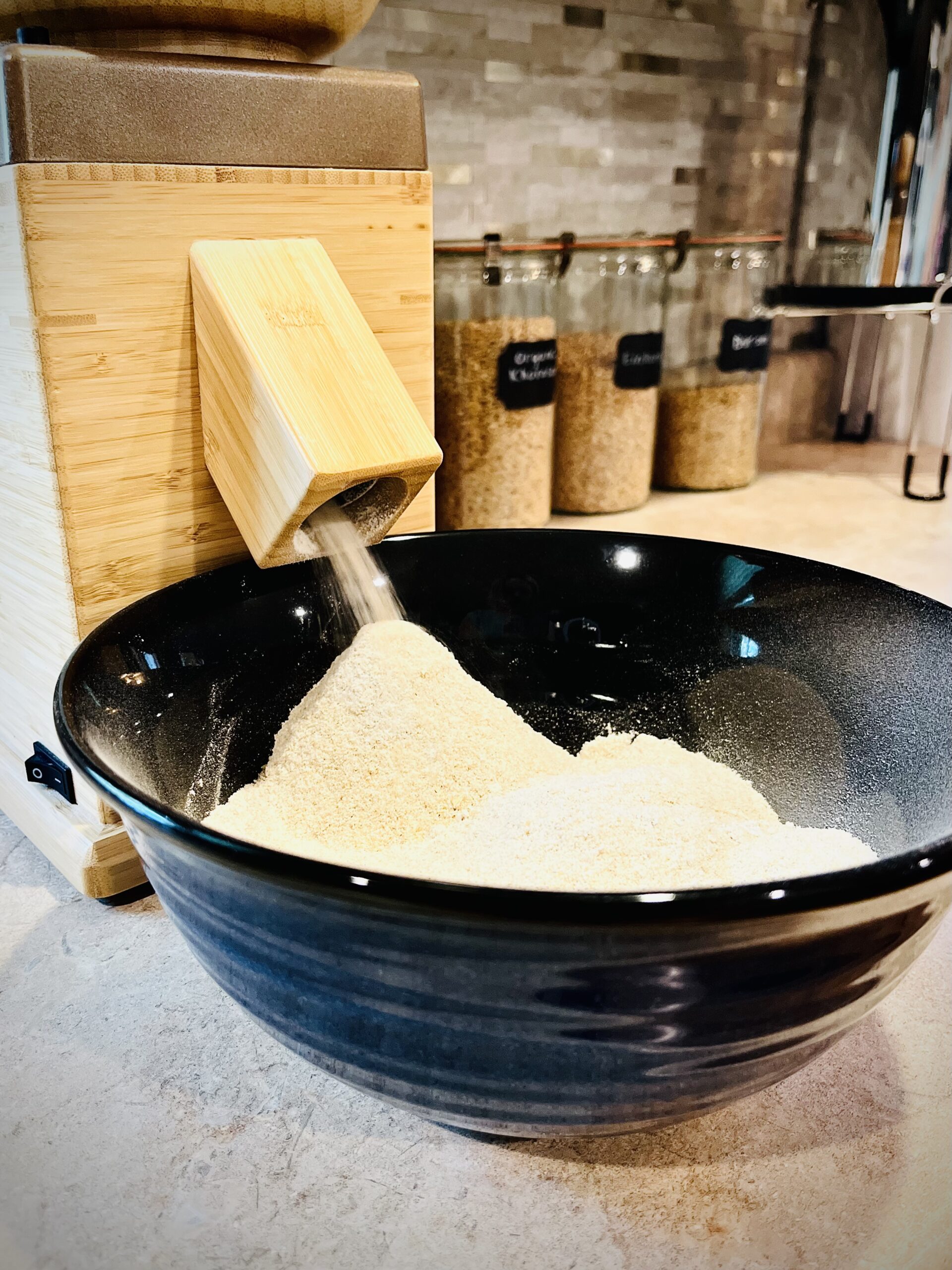
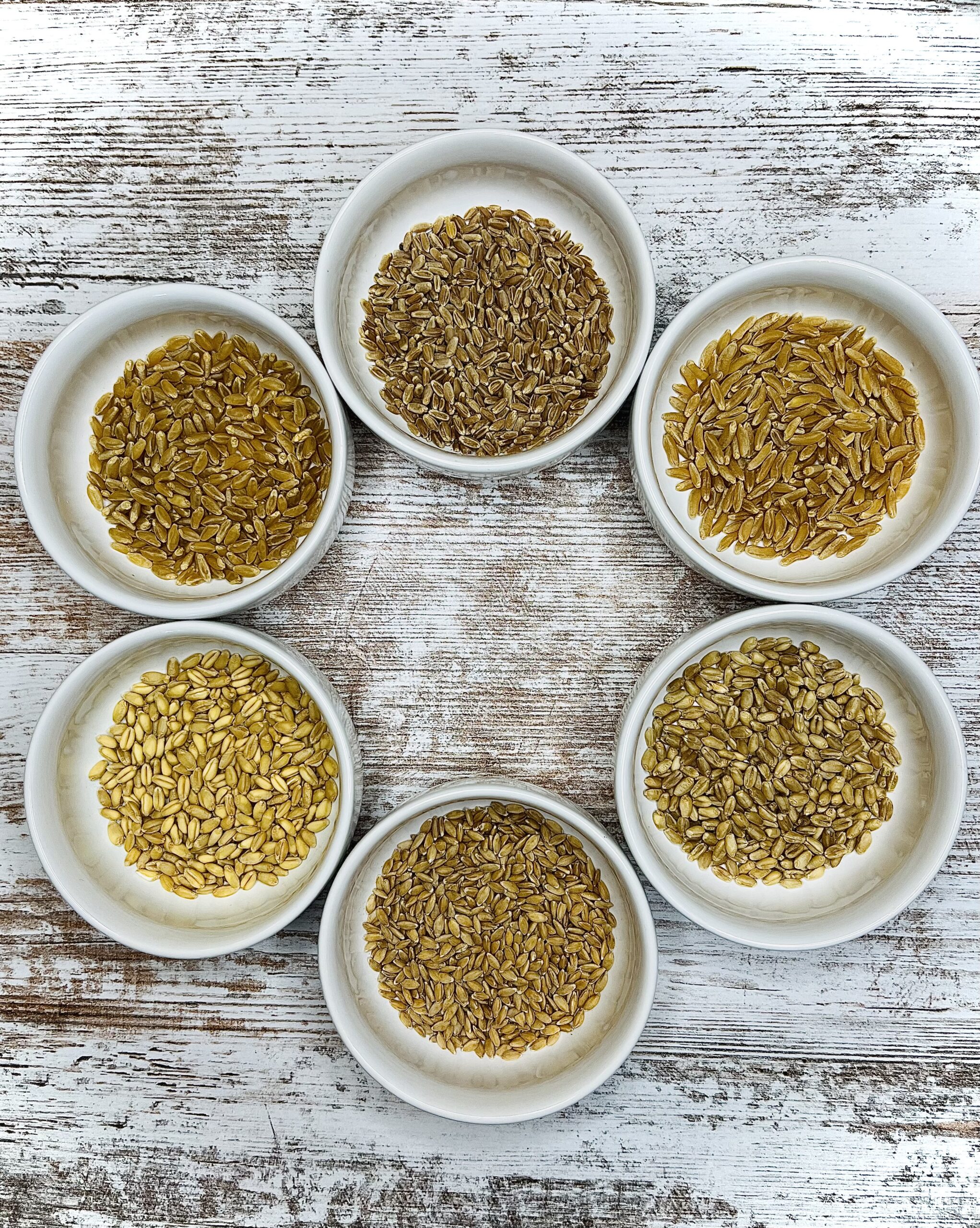
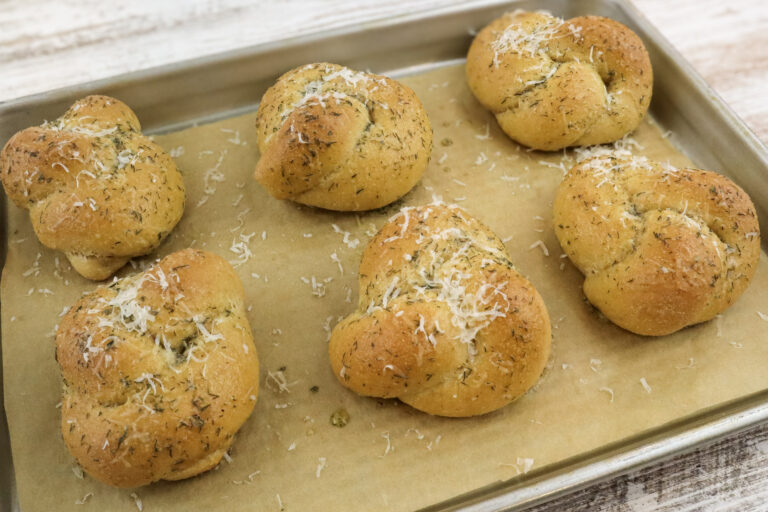
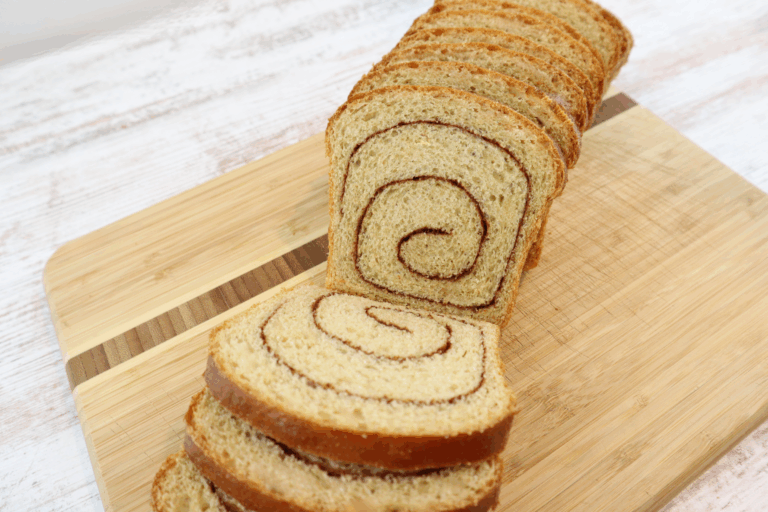
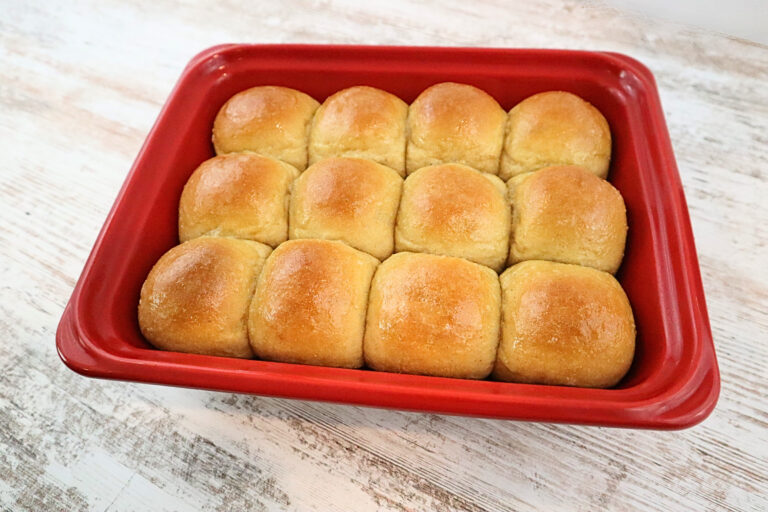
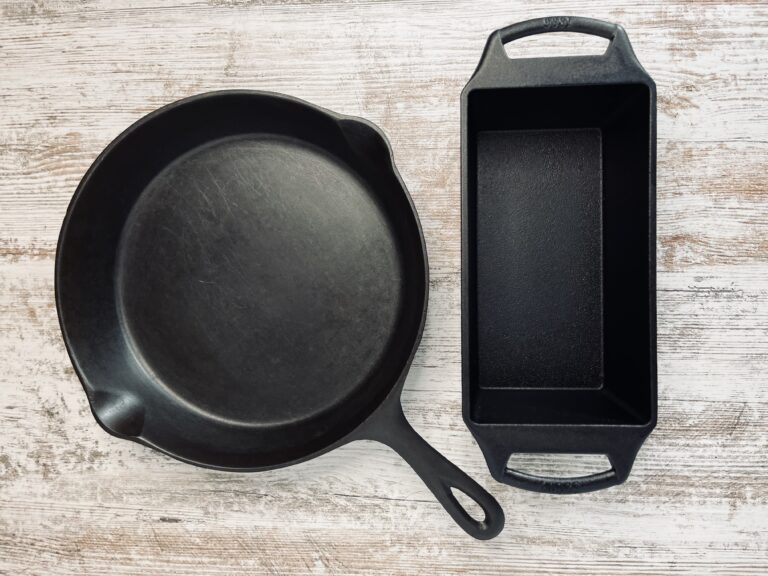
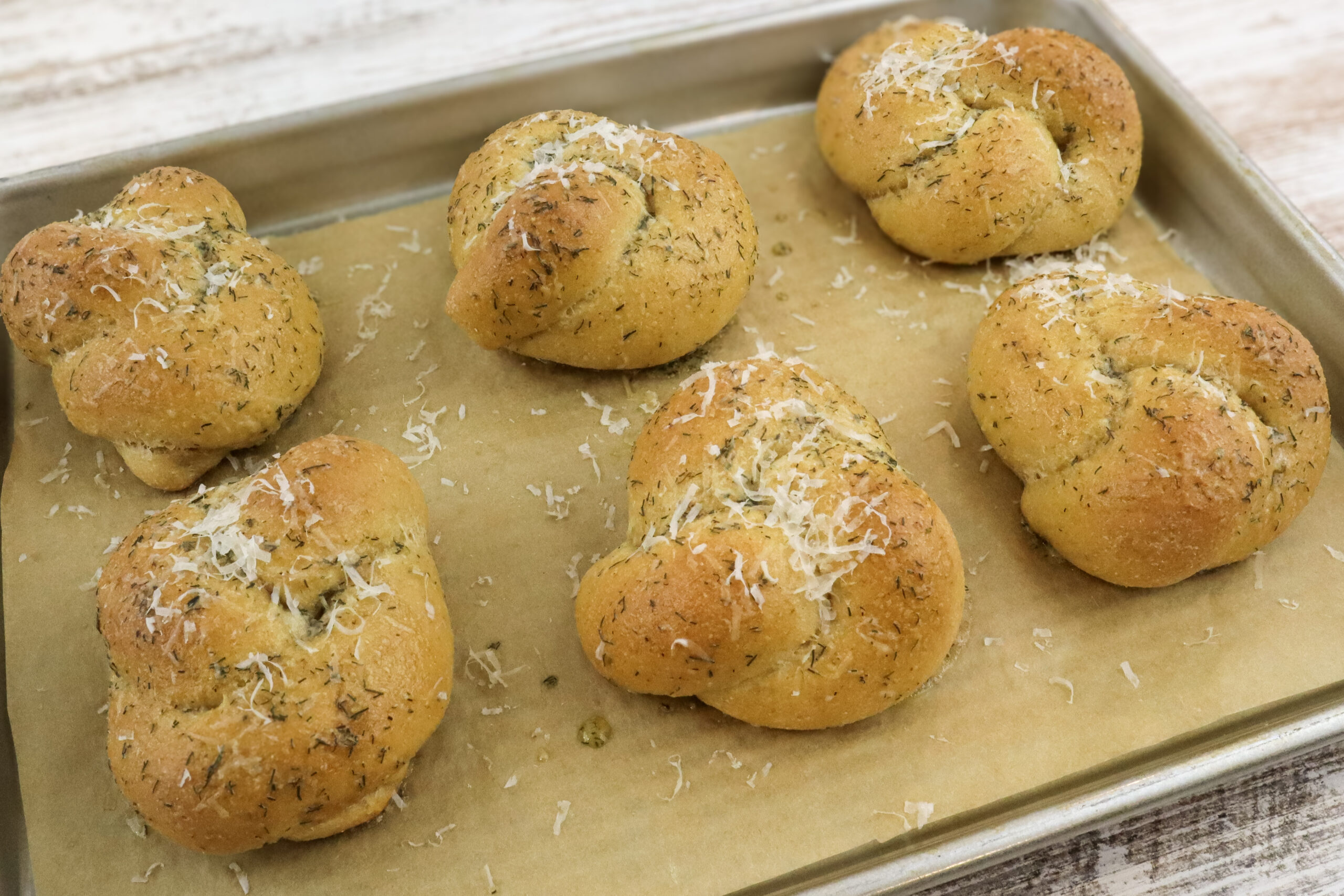
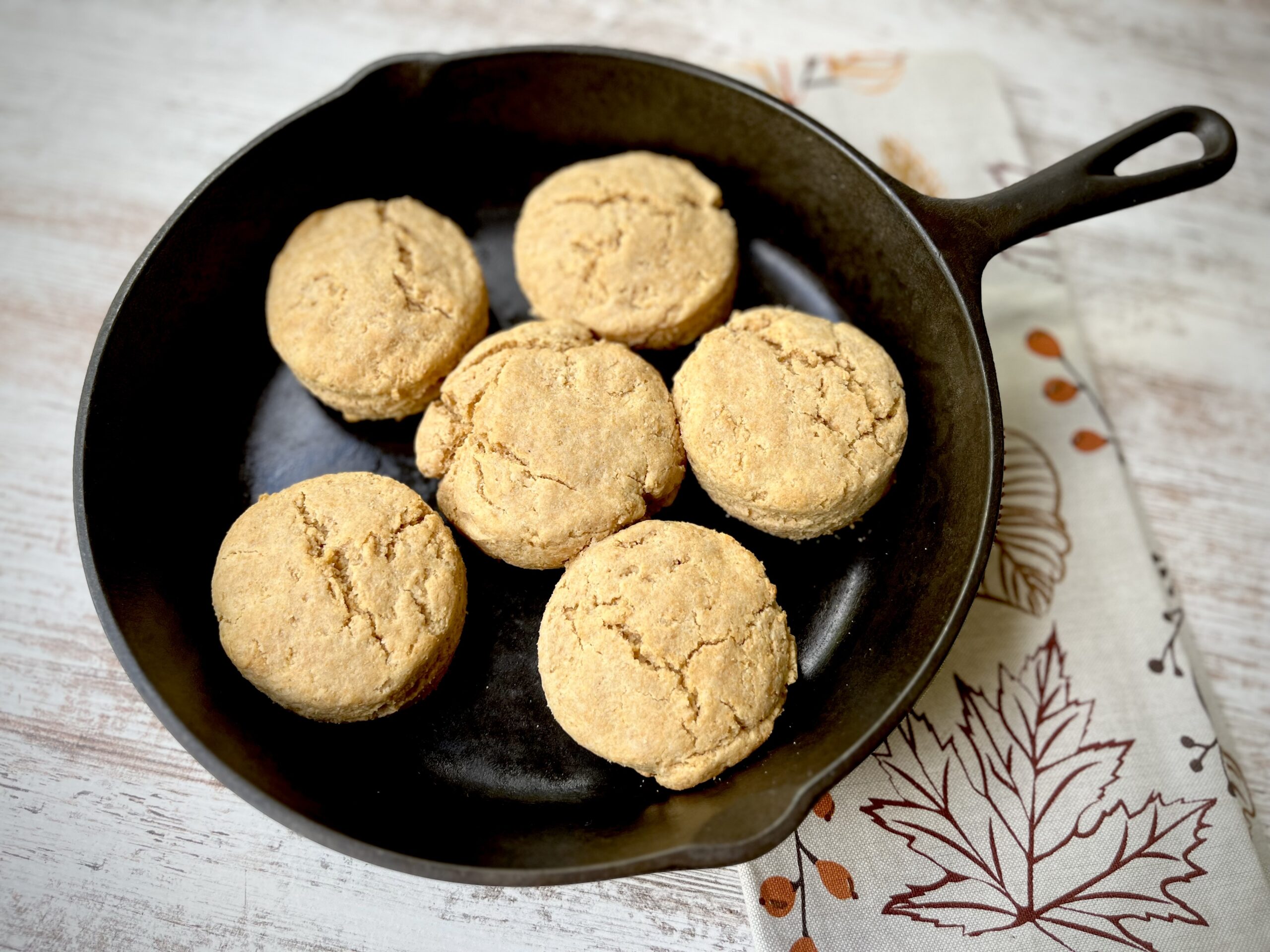
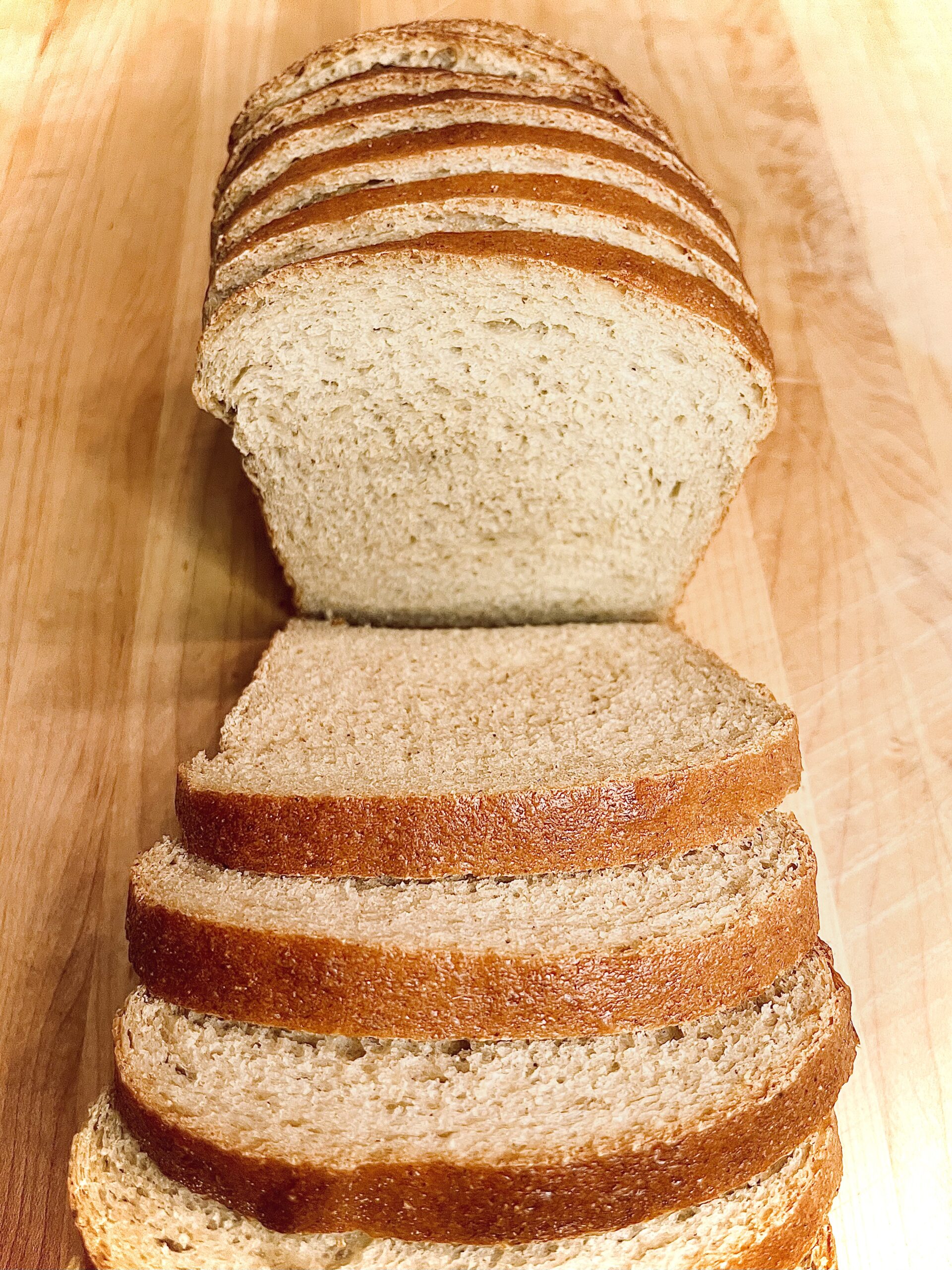
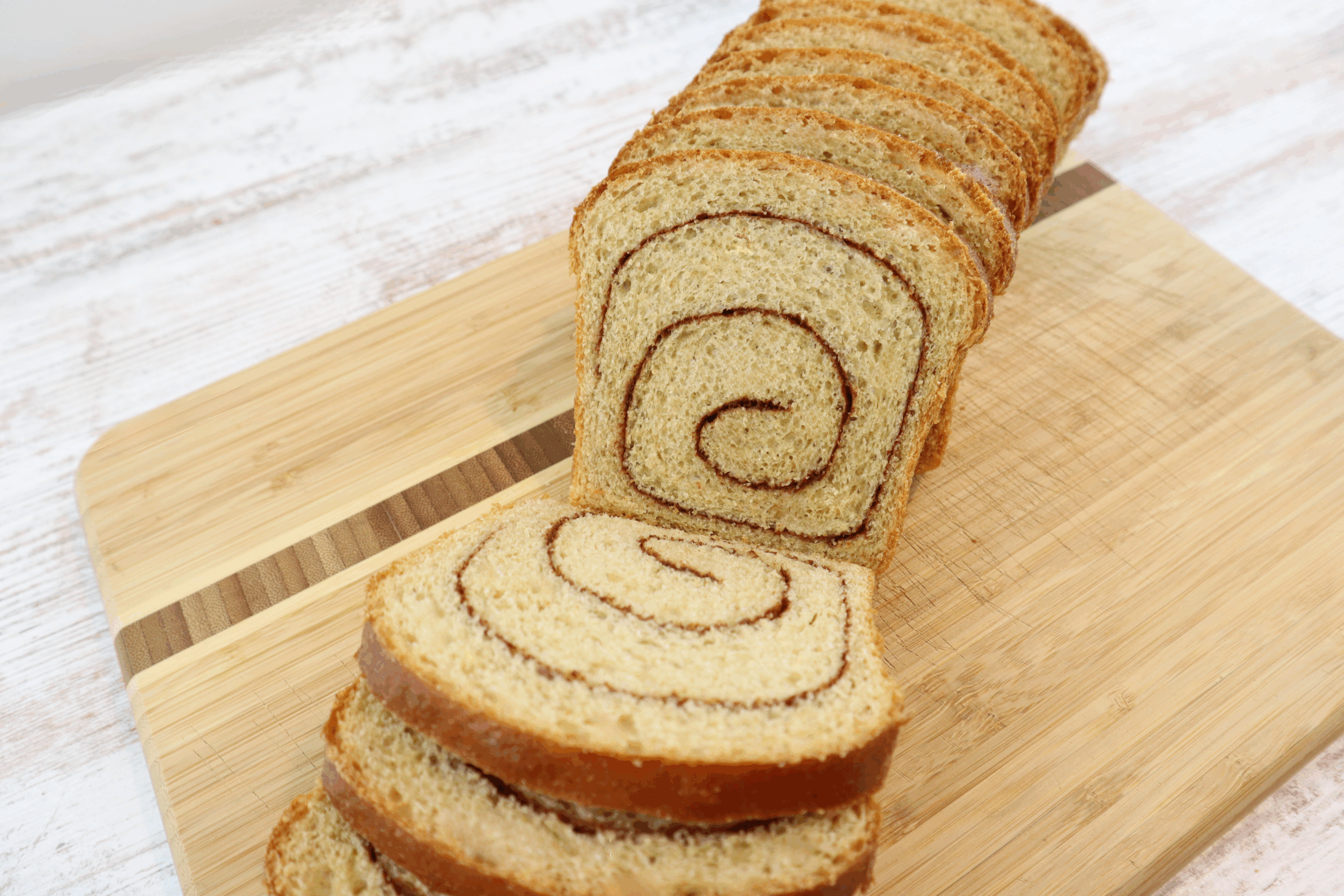
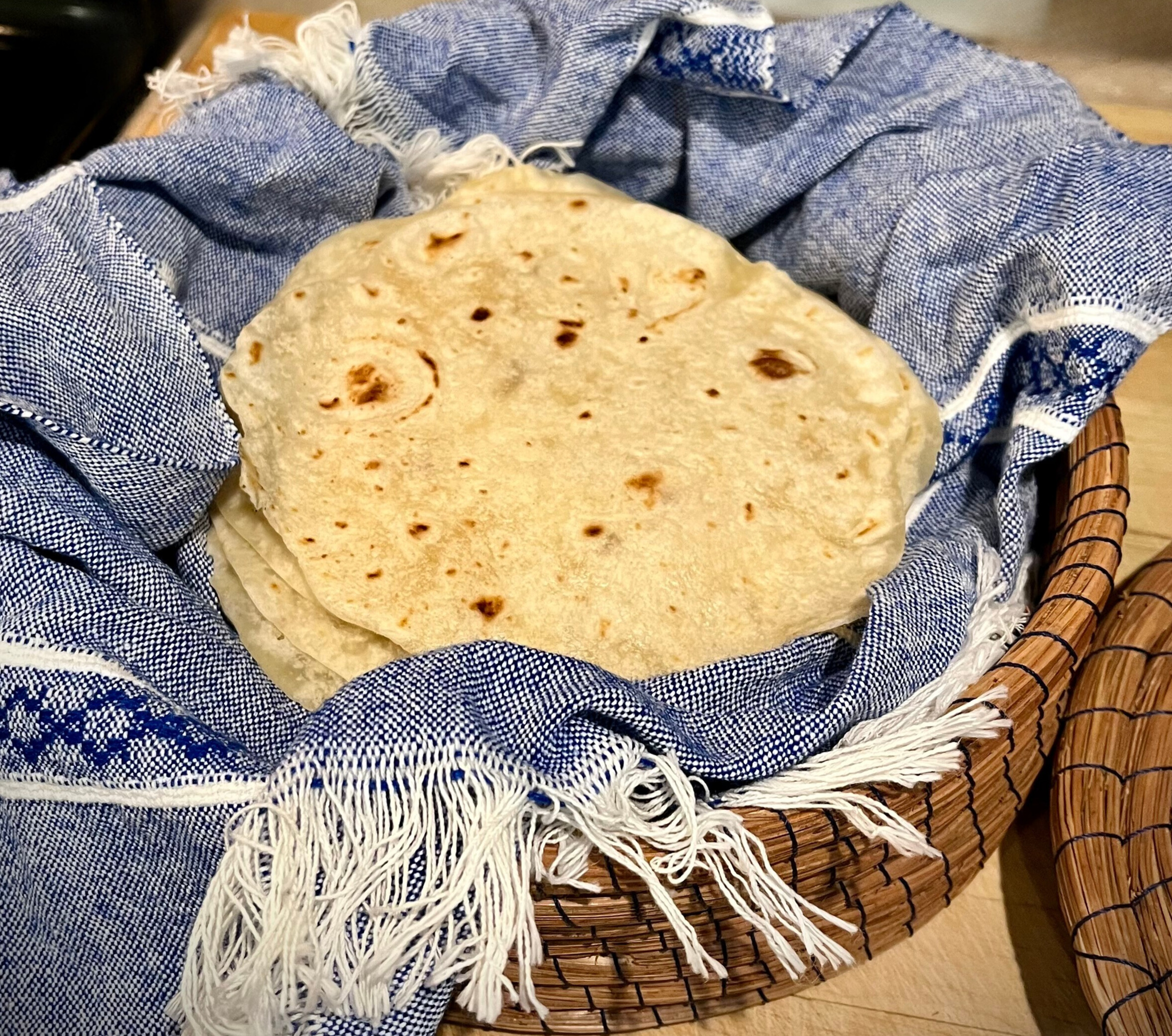
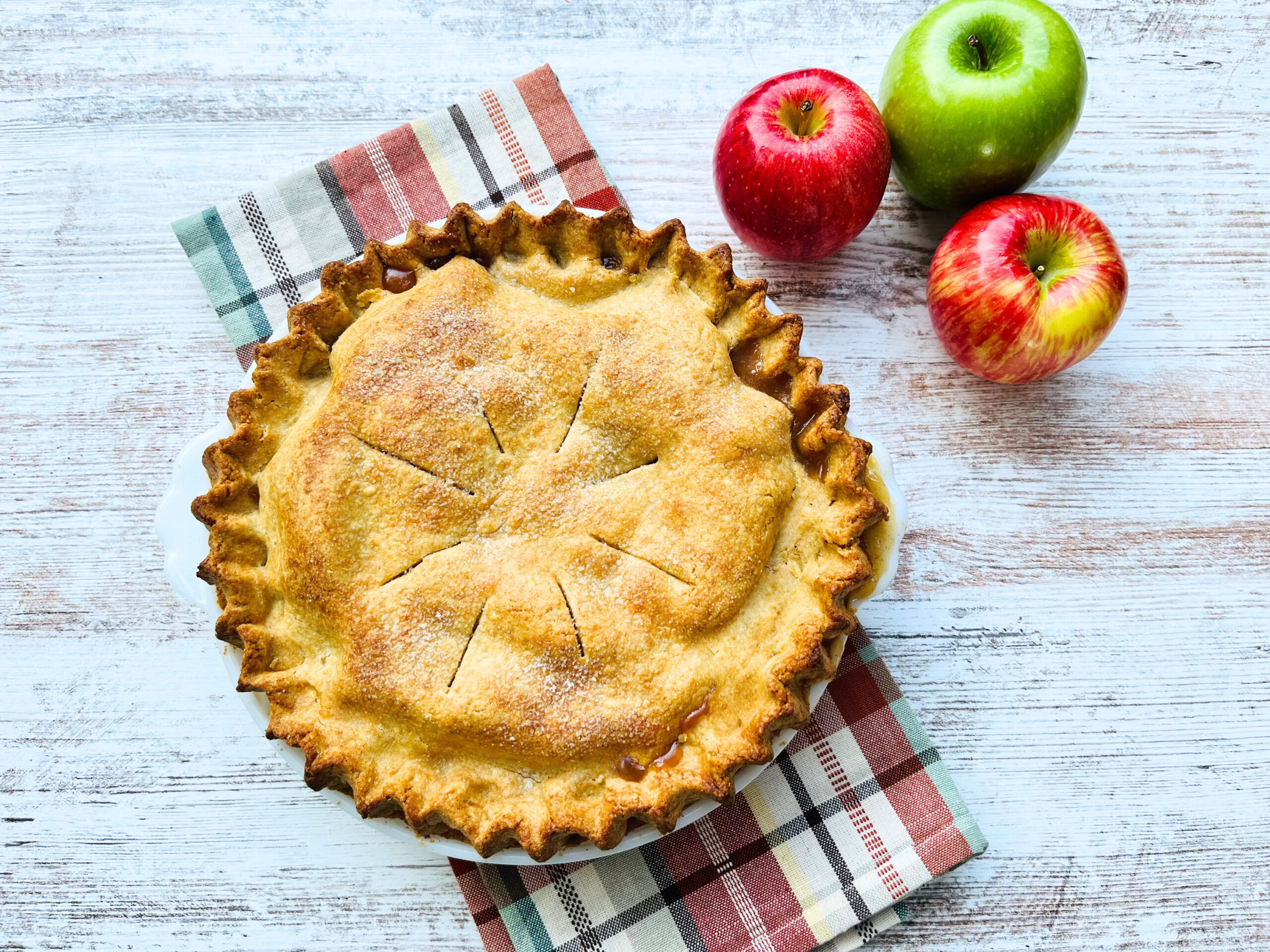
What a great selection of recipes, I will be trying some of the fresh milled flour recipes at home.